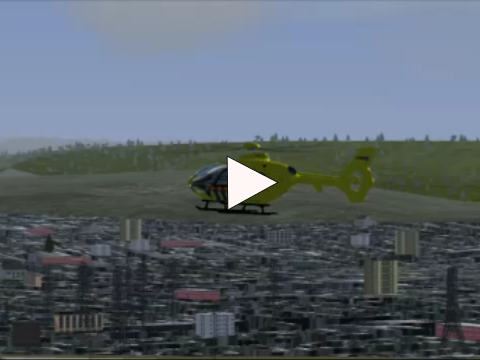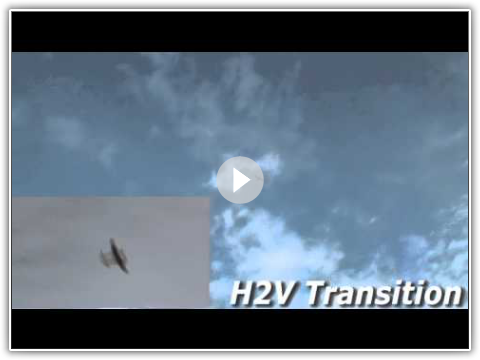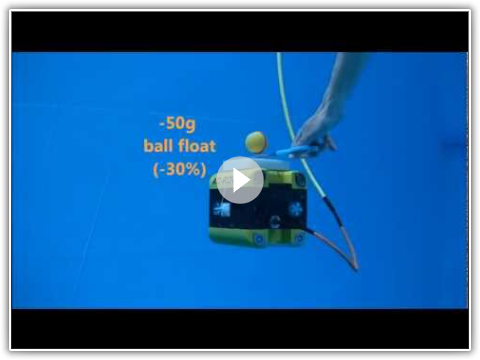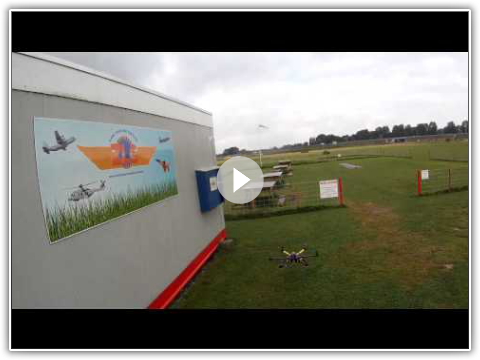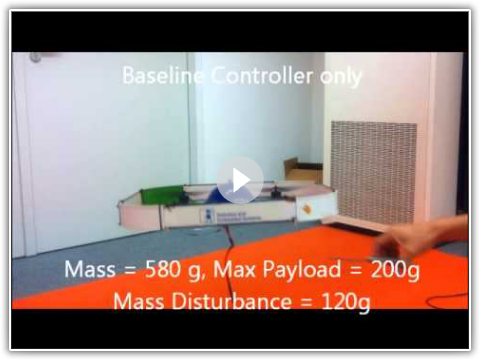Learjet Flight Test Videos
The following videos are from flight testing of a Learjet augmented with an L1 adaptive flight control law. It was the first time an L1 adaptive system was tested in flight on a manned aircraft, and it represents an important step towards the introduction of this technology into commercial aviation.
[youtube width=”480″ height=”360″]https://www.youtube.com/watch?v=apy_Mbfa8t4[/youtube]
[youtube width=”480″ height=”360″]https://www.youtube.com/watch?v=5Fa53PGOTzo[/youtube]
[youtube width=”480″ height=”360″]https://youtu.be/P_I3VlF2RHI[/youtube]
Raymarine Evolution Autopilot using L1 Adaptive Control
Raymarine has marketed their Evolution Autopilot for marine vessels. The autopilot encompasses an L1 adaptive controller and eliminates the need for a complicated setup and calibration. More information on the Evolution Autopilot can be found at the product page.
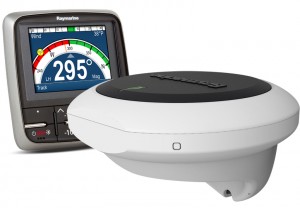
Energy Applications
L1 adaptive control has attracted StatOil and Schlumberger for possible applications in managed pressure drilling and rotary steerable systems.
Recent Publications
- H. Mahdianfar, N. Hovakimyan, A. Pavlov, and O. M. Aamo, L1 Adaptive Output Regulator Design with Application to Managed Pressure Drilling, in Journal of Process Control, vol. 42, pp. 1-13, 2016.
- Z. Li, N. Hovakimyan, and G.-O. Kaasa, Bottom hole pressure estimation and L1 adaptive control in managed pressure drilling system, in International Journal of Adaptive Control and Signal Processing, Vol. 31, pp. 545–561, 2016.
IFAC Award paper
“The Article: ‘L1 adaptive manoeuvring of unmanned high-speed water craft’ got the prestigious ‘Best Paper Award’ at the IFAC Conference MCMC 2012 (Marine craft manoeuvring control) in Arenzano, Italy.”
Click here to read more details and download the full paper.
Helicopter Flight Simulator
L1 controller for a generic light utility helicopter. The simulation is manually piloted and includes sensor noise and actuator saturation. A vertical speed controller is active that commands hover if the collective lever is pulled back to a region near the original hover position.
A Comprehensive Flight Control Design and Experiment of a Tail-sitter UAV
In this paper, the authors present an autonomous Take-Off and Landing of a Tail-sitter UAV
Abstract:
“There have been ongoing interests in a type of aircraft that are capable of vertical take-off/landing (VTOL) for greater operability and high-speed horizontal flight capability for maximal mission range. A possible solution for such application is tail-sitters, which takes off vertically and transitions into a horizontal flight. During the entire mission of a tail-sitter from take-off to landing, it goes through largely varying dynamic characteristics. In this paper, we propose a set of controllers for horizontal, vertical, and transition flight regimes. Especially, for transition, in conjunction with conventional multi-loop feedback, we use L1 adaptive control to supplement the linear controllers. The proposed controller were first validated with simulation models and then validated in actual flight tests to successfully demonstrate its capability to control the vehicle over the entire operating range.”
Click here to view the full paper.
Below you can find the flight test results.
L1 adaptive depth control of an underwater vehicle in the presence of uncertainties and disturbances
“This video shows experimental results of depth control obtained at LIRMM (Laboratoire d’Informatique de Robotique et de Microélectronique de Montpellier), University Montpellier 2 – CNRS, France. The horizontal displacements are left uncontrolled. The L1 adaptive controller is applied to control the depth. This controller is robust towards uncertainties (e.g. floatbility, damping…) and well rejects external disturbancies (impacts, tether drag…). The prototype is a modified AC-ROV.”
AutoQuad L1 testing
What would happen if one motor shuts down? Check out this video made in The Netherlands, where L1 controller is implemented on an hexarotor UAV’s autopilot. Even when one propeller is missing, stability performance are guaranteed.
Non-cascaded Dynamic Inversion Design for Quadrotor Position Control with L1 Augmentation
Flight test results from TU Munich. The work is the result of this paper.
Abstract:
“This paper presents a position control design for quadrotors, aiming to exploit the physical capability and maximize the full control bandwidth of the quadrotor. A novel non-cascaded dynamic inversion design is used for the baseline con-trol, augmented by an L1 adaptive control in the rotational dy-namics. A new implementation technique is developed in the linear reference model and error controller; so that without causing any inconsistency, nonlinear states can be limited to their physical constraints. The L1 adaptive control is derived to compensate plant uncertainties like inversion error, disturbances, and pa-rameter changes. Simulation and experiment tests have been per-formed to verify the effectiveness of the designs and the validi-ty of the approach.”
